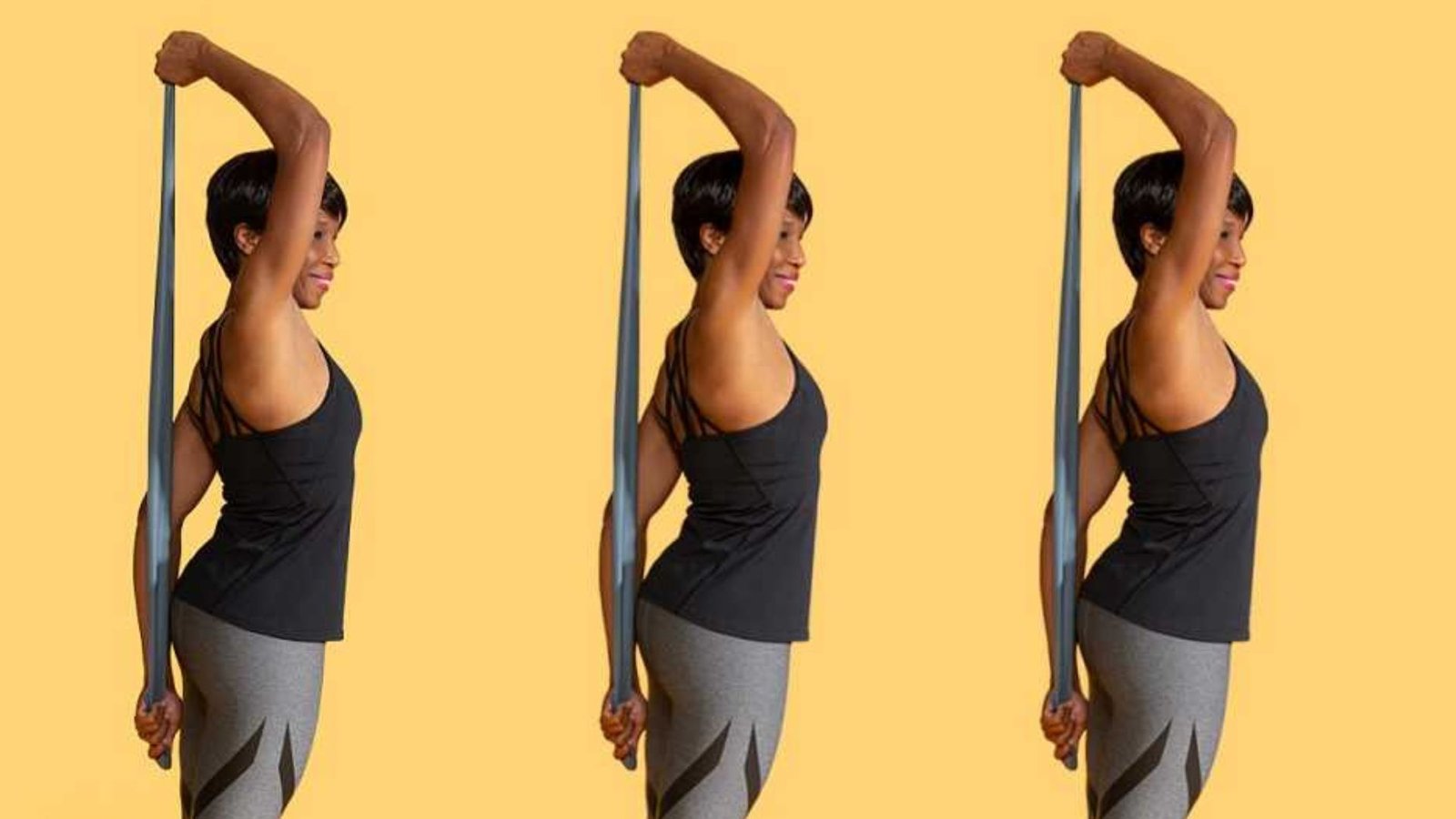Improving your posture is crucial for overall health and well-being. Many people spend hours sitting at desks or hunched over screens, leading to poor posture and discomfort. In this guide, we’ll share effective strategies for improving your posture so you can feel more comfortable and confident.
Understanding the Importance of Good Posture
Improving your posture isn’t just about looking better; it’s also about feeling better. Good posture helps reduce strain on your muscles and joints, prevents back pain, and supports proper breathing. By focusing on improving your posture, you can enhance your overall physical health and prevent issues related to poor alignment.

Maintain Awareness of Your Posture
One of the first steps in improving your posture is to become more aware of how you’re sitting or standing throughout the day. Check in with yourself regularly to make sure you’re not slouching or leaning forward. Set reminders to adjust your posture if you notice that you’re falling into bad habits. This self-awareness is key to making lasting changes.
Strengthen Your Core Muscles
A strong core is essential for improving your posture. Your core muscles support your spine and help keep your body aligned. Incorporate exercises like planks, bridges, and abdominal crunches into your routine to build core strength. A strong core can significantly reduce slouching and support a more upright posture.
Practice Good Ergonomics
Setting up your workspace ergonomically can make a big difference in improving your posture. Ensure your chair supports your lower back, and adjust your desk height so that your arms are at a comfortable angle when typing. Your monitor should be at eye level to prevent neck strain. By optimizing your work environment, you can maintain better posture and reduce discomfort.
Incorporate Stretching and Flexibility Exercises
Tight muscles can contribute to poor posture, so incorporating stretching and flexibility exercises is crucial for your posture. Focus on stretching your chest, shoulders, and back to counteract the effects of sitting for long periods. Yoga and Pilates are excellent for improving flexibility and promoting better posture.
Use Posture-Correcting Devices
Posture-correcting devices can provide additional support while working on your posture. Items like posture-correcting braces or ergonomic chairs can help remind you to maintain good posture throughout the day. However, these devices should complement, not replace, your efforts to improve posture through exercise and awareness.
Take Regular Breaks
Sitting for long periods can negatively impact your posture, so it’s important to take regular breaks. Stand up, stretch, or walk around every 30 minutes to relieve tension and reset your posture. By integrating these breaks into your routine, you’ll support improving your posture and prevent the stiffness associated with prolonged sitting.
Focus on Your Foot Position
Your foot position plays a role in improving your posture. When standing, ensure your weight is evenly distributed across both feet. Avoid locking your knees or standing with your feet too close together. Proper foot alignment helps maintain balance and supports an upright posture.
Align Your Head and Shoulders
Proper head and shoulder alignment is essential for improving your posture. When sitting or standing, make sure your head is aligned with your shoulders, and avoid jutting your chin forward. This alignment helps reduce strain on your neck and upper back, contributing to better overall posture.
Strengthen Your Back Muscles
Strong back muscles support good posture and help prevent slouching. Include exercises such as rows, reverse flys, and back extensions in your fitness routine. Strengthening your back muscles complements your efforts in improving your posture and helps maintain a balanced, upright position.
Conclusion
Improving your posture involves a combination of awareness, exercise, and proper ergonomics. By paying attention to how you sit and stand, strengthening your core and back muscles, and incorporating stretching into your routine, you can make significant strides in maintaining good posture. Don’t forget to adjust your workspace for ergonomic support and take regular breaks to avoid stiffness. With these strategies, you’ll enhance your posture and enjoy the benefits of a healthier, more aligned body.











